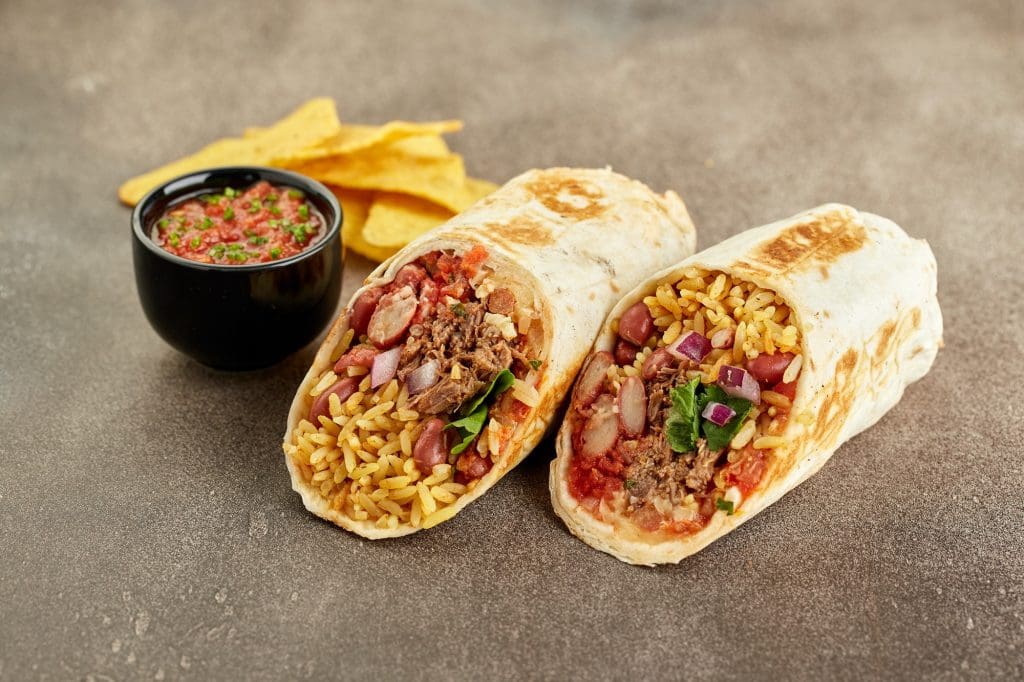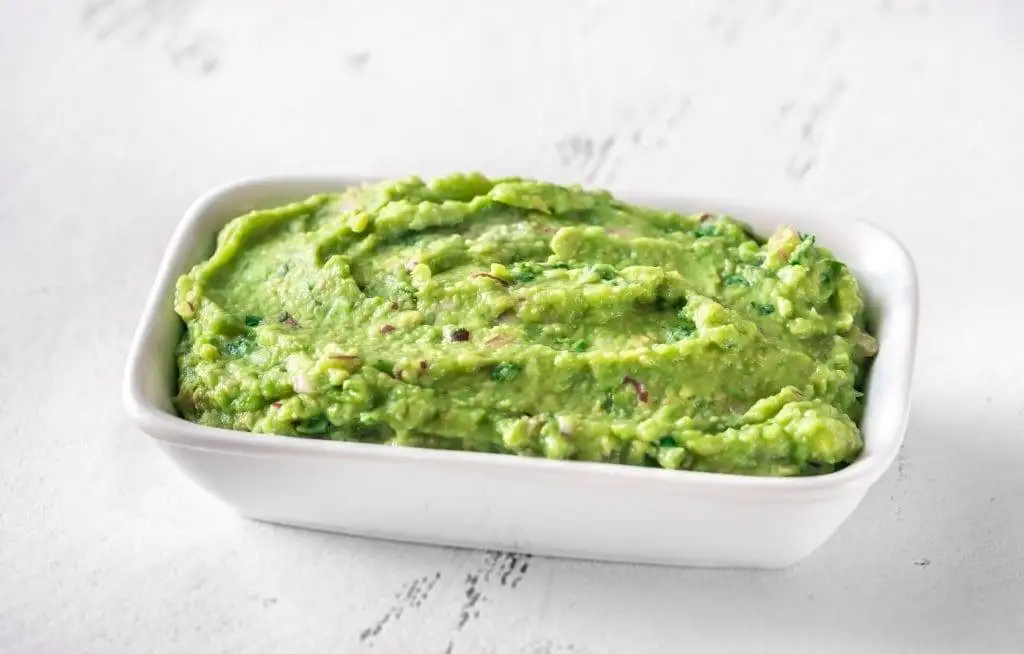What Does Groundhog Taste Like? Can You Even Eat It?

Groundhogs (also know as wood chucks) are frequently hunted game meat out of the necessity of preserving crops. These furry little pests love to indulge in farm greens like lettuce and kale but they also do a lot of digging that can destroy the roots of a farmer’s crops and even undermine smaller buildings!
What do you do now that you’ve finally caught the woodchuck that’s been bothering your garden all season? Can a groundhog be eaten?
My answer to this question – Yes! they can make a delicious meal is cooked correctly.
Your next question might be – OK, so what does ground hog taste like? You have come to the right place – my friends. I have devoted this article to describing the taste of the groundhog.
The Taste Of Groundhog Meat
Groundhog meat is delicate, like rabbit meat, but dark and faintly gamey, like wild boar meat but much milder, and it lends itself well to braising. The meat becomes quite soft and falls off the bones after being cooked in liquid for around 3-4 hours.
If properly cleaned and served, groundhogs are not only edible but also tender and delicious. They consume a purely vegetarian diet and are free of any diseases affecting humans. The only caution is that groundhogs contain scent glands that, if not removed promptly, can lend a weird musty flavor to the meat.
FAQs
How do you Skin and Clean a Groundhog?
Here is a great article on the subject of skinning and cleaning a groundhog a groundhog (also called a woodchuck). This is a great article filled with photos to help you fully understand the process. It also gives directions on how to remove the scent glands.
Is groundhog safe to eat?
Due to their vegetarian diet, groundhogs are both safe and delicious to eat if cooked right.
What is the Best Way to Prepare a Groundhog
There are probably 100s of recipes out there on how to prepare a groundhog but my personal favorite is to slow cook it in a tightly covered cast iron (or enamel) pot with onions, garlic, fresh herbs like rosemary and white wine.
How is a Groundhog Useful to Mother Nature?
Groundhogs aerate the soil by digging. Roots, like any other part of the plant, must breathe, taking in oxygen and releasing carbon dioxide. Roots deplete their limited oxygen while CO2 accumulates in the soil, making it difficult for them to ‘breathe.’ Because groundhogs create tunnels, this brings more air and oxygen underground to the roots of plants.
What Do Groundhogs Eat?
Groundhogs consume a wide variety of plants. There are mainly herbivores. Plants such as grasses, flowers, and other vegetation are their primary food sources. Groundhogs have also been reported to devour chipmunks or other small mammals that they have discovered dead or killed themselves.
Are Groundhogs Aggressive?
Some groundhogs have been known to be rather violent. Groundhogs have also been known to carry rabies, making them much more aggressive and dangerous. So keep away from you, if at all possible.
Conclusion
While groundhog is safe to consume, be sure to cook it carefully to enhance the taste. Groundhog meat doesn’t pose any known danger to humans, so go ahead and savor this game meat. Bon Appetit!




